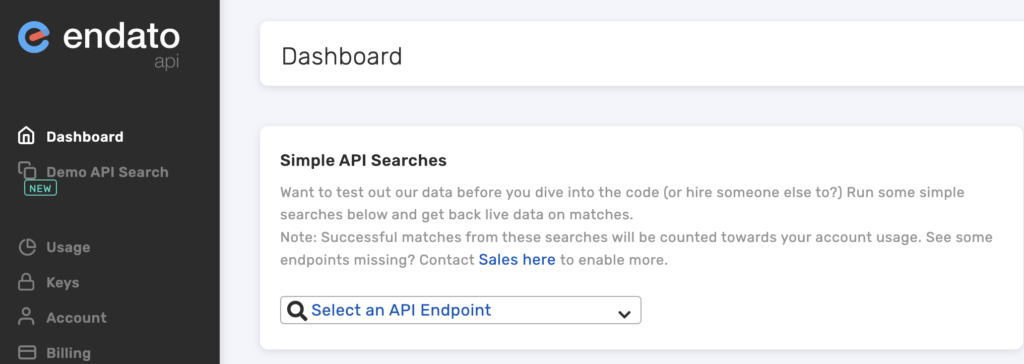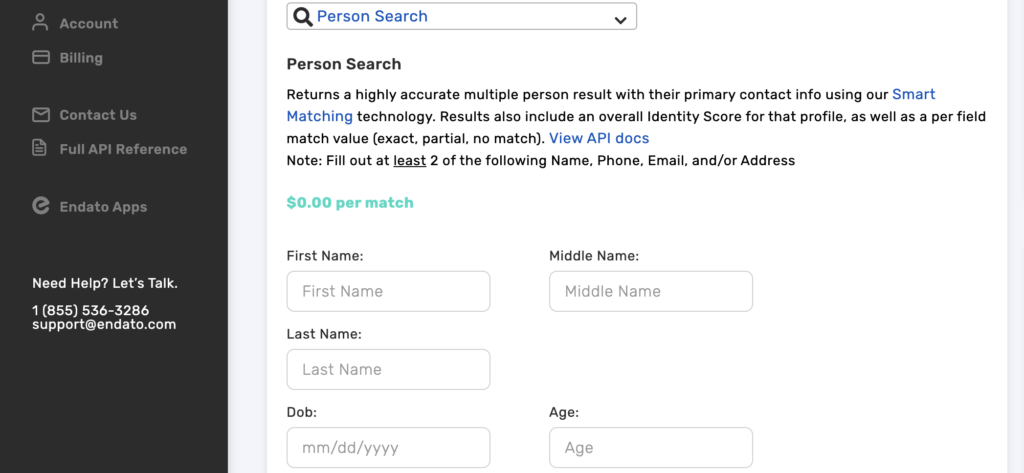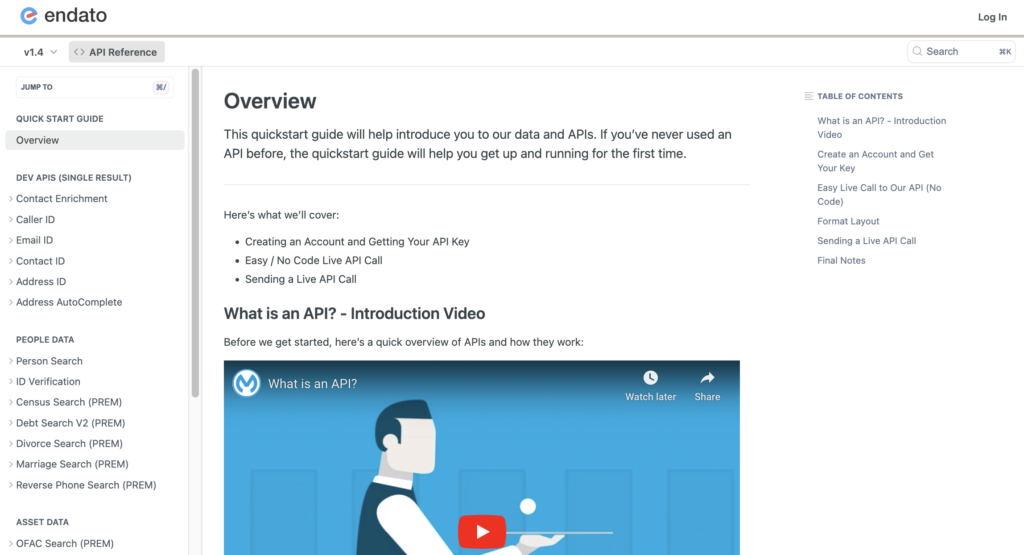Before we learn how to find someone’s email address, we need to understand what a people search engine is and how it works. A people search engine is an online tool or service that allows users to search for information about individuals based on their name, location, contact details, or other personal information. It collects and aggregates data from various sources, such as public records, social media profiles, online directories, and other publicly available information to create a profile of a person.
The process of how a people search engine works can vary depending on the specific service or website, but generally, it involves the following steps:
Data Collection: People search engines collect data from various sources, including public records such as birth records, marriage records, and property records, as well as online directories, social media profiles, and other publicly available information.
Data Aggregation: The collected data is then aggregated and organized into a searchable database. This typically includes information such as the person’s name, age, address, phone number, email address, employment history, education, and more.
Indexing: The data is indexed, which allows users to search for individuals based on different criteria, such as name, location, or contact information.
Search and Retrieval: Users can then search for people using the search function provided by the people search engine. They can enter the person’s name, location, or other relevant information, and the search engine will retrieve matching results from its database.

Display of Results: The search results typically include a list of individuals who match the search criteria, along with their available information, such as name, age, address, phone number, and more. Some people search engines may also provide additional details, such as social media profiles, criminal records, and professional history, depending on the available data.
The first step to finding someone’s email address on Endato is to log into your Endato API account. If you don’t have an Endato account yet, you will not be able to use any of the API endpoints. Signing up for an account is easy, there’s a free trail that comes with 100 free monthly searches that you can sign up for here.
Once you are logged into your Endato API account, you should see your personal dashboard, like seen in the screenshot below:

From here you can select an API endpoint to use from the dropdown menu under the “Simple API Searches”. There are a couple of endpoints you can choose to find someone’s email at this point, the most effective options being person search, ID verification, and contact enrichment.
The endpoint you choose to use to find someone’s email address depends mostly on the amount and type of information you have on the individual you’re searching for. Someone’s email address can’t be found if you have nowhere to start your search, so at least one detail about the individual is required. Enter the information you have into the API and begin your search, the more information you have to begin the better.

Once you’ve filled out the data fields with the information you have, you can submit your search and see matched results. From these results you will able to see additional information about matched individuals, including their email address.

Email has become a ubiquitous means of communication in our modern world, and it has also become a valuable source of data for companies in various industries. Companies can leverage email data to enhance their business operations and improve customer interactions.
Just like with other methods of contacting potential customers, email information is vital for a consistent and beneficial relationship. How your company uses the email information it has is vital to overall customer success and brand reputation.
Let’s explore how some companies utilize email data in different areas.
Email data is a treasure trove of information that companies can use to develop targeted and personalized marketing campaigns. By analyzing email data, companies can gain insights into their customers’ preferences, behaviors, and interests, allowing them to create more relevant and effective marketing campaigns.
One common way companies use email data for marketing is through email list segmentation. By segmenting their email lists based on various criteria, such as demographics, location, purchase history, and engagement level, companies can send targeted emails to specific groups of customers. For example, a company may send a promotional email with a special offer to customers who have shown interest in a particular product or service based on their past email interactions. This can lead to higher open rates, click-through rates, and conversion rates, as the emails are more tailored to the recipients’ interests.
Email data can also be used to personalize email content. By analyzing customers’ email interactions, such as opens, clicks, and conversions, companies can determine the type of content that resonates with their audience and create personalized email content accordingly. Personalization can include addressing customers by their first name, recommending products or services based on their past purchases, or sending personalized offers based on their browsing behavior. This level of personalization can significantly enhance the effectiveness of marketing emails and increase customer engagement.
Companies can track and measure the success of marketing campaigns with user email data. By analyzing email metrics, such as open rates, click-through rates, conversion rates, and unsubscribe rates, companies can evaluate the performance of their email campaigns and make data-driven decisions to optimize their marketing strategies. For example, if a company finds that a particular email campaign has a low open rate, it can adjust the subject line or sender name to improve the email’s chances of being opened by recipients.
Email data can also be a valuable asset for companies’ sales efforts. Companies can use email data to identify potential leads, nurture relationships with prospects, and close deals more effectively.
One common use of email data for sales is lead generation. Companies can collect email addresses from various sources, such as website sign-ups, events, and social media, and use these email addresses to build a list of potential leads. By analyzing the email addresses and associated data, such as job titles, company names, and industry information, companies can qualify leads and prioritize their sales efforts. For example, a software company may use email data to identify potential leads who are decision-makers in the IT department of large organizations, which are more likely to be interested in their software products.
Once potential leads are identified, companies can use email data to nurture relationships with prospects. Email campaigns can be designed to provide value to prospects, such as sharing educational content, industry insights, and relevant news. By keeping prospects engaged with informative and personalized emails, companies can build trust and credibility, and move prospects through the sales funnel.
Email data can be used for sales automation and follow-up. Companies can use email marketing automation tools to send automated follow-up emails based on triggers, such as prospect’s actions or inactions, to keep the conversation going and maintain top-of-mind awareness. For example, a salesperson may set up an automated email sequence to follow up with prospects who have shown interest in a product demo but haven’t responded to previous emails. This can help sales teams manage their leads more efficiently and increase their chances of closing deals.
Contact enrichment is the process of augmenting existing contact data with additional information to gain a deeper understanding of customers and prospects. Email data can be a valuable source of information that can be used for contact enrichment purposes.
When customers provide their email addresses during sign-up or purchase processes, companies can use this data to enrich their contact profiles. By analyzing the email data, such as the domain name, email patterns, and email account history, companies can gather valuable information about the customers, such as their job title, company name, and industry information. This additional information can be used to create more detailed and accurate customer profiles, which can help companies personalize their communications and tailor their offerings to better meet the needs and preferences of their customers.
Companies can use email data to keep their contact databases up-to-date and accurate. Email addresses change over time as customers switch jobs or update their email preferences. By regularly validating and updating email data, companies can ensure that their contact databases remain accurate and up-to-date. This helps prevent sending emails to invalid or inactive email addresses, reducing bounce rates and improving overall email deliverability.
Email data can be used for email list appending, which is the process of adding missing data to incomplete contact records. For example, a company may have a list of email addresses without complete contact information, such as names or company affiliations. By analyzing the email data, such as the domain name or email patterns, companies can enrich the contact records with missing information, allowing them to have a more comprehensive and complete view of their customers and prospects.
Identity verification is a crucial process for many companies to ensure that they are dealing with legitimate customers and protect against fraud or malicious activities. Email data can be used as a key element in identity verification processes.
When customers sign up for an account or make a purchase on a company’s website, they often provide their email address as part of the registration process. This email address can serve as a unique identifier that helps verify the customer’s identity. Companies can use email data to validate the email address provided by the customer by sending a confirmation email with a link or a verification code. The customer then needs to click on the link or enter the verification code to confirm that the email address belongs to them, and they have access to it. This process helps ensure that the customer’s email address is valid, and the person claiming to be the customer is indeed the owner of the email address.
In conjunction with other data sources, such as phone numbers or social media profiles, email data can be used to perform multi-factor authentication for added security. For example, a company may send a verification code to the customer’s email address and also send a text message with a code to their phone number. The customer needs to enter both codes to complete the identity verification process successfully.
Email data can be used to detect and prevent fraudulent activities. Companies can analyze email data, such as IP addresses, email patterns, and email account history, to identify suspicious activities, such as multiple account registrations from the same IP address or the use of disposable email addresses. By leveraging email data as part of their identity verification process, companies can protect against fraud and ensure the security of their customer accounts.
Email data has become an invaluable resource for companies in various industries, enabling them to enhance their marketing efforts, streamline their sales processes, and enrich their contact databases. By using email data, your company can create targeted and personalized marketing campaigns, nurture relationships with prospects, and improve contact data accuracy.


Getting familiar with how to use Endato’s search and API products is very helpful in deciding what products you’ll want to use. We’ve created this quick start guide to walk new users through how to use Endato. Happy searching!